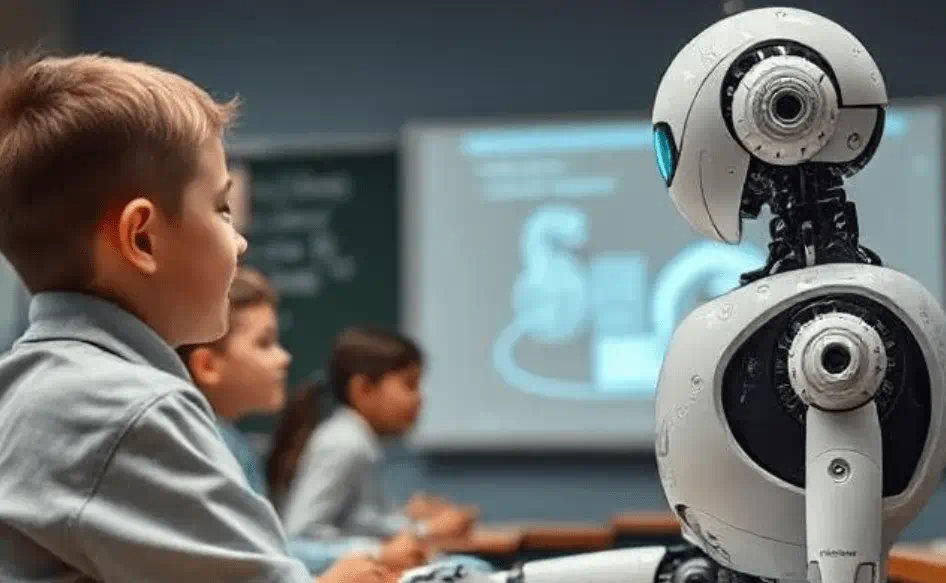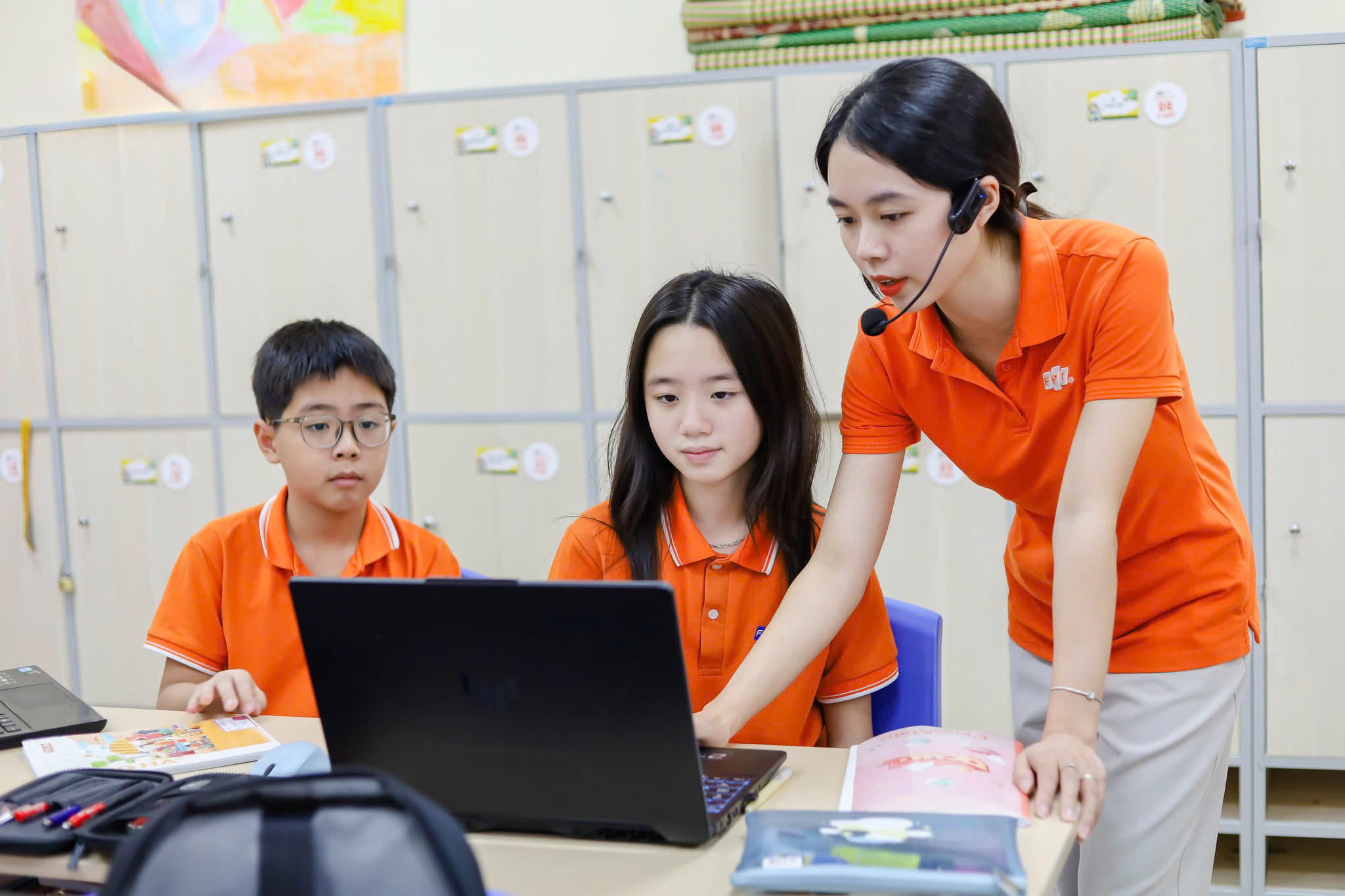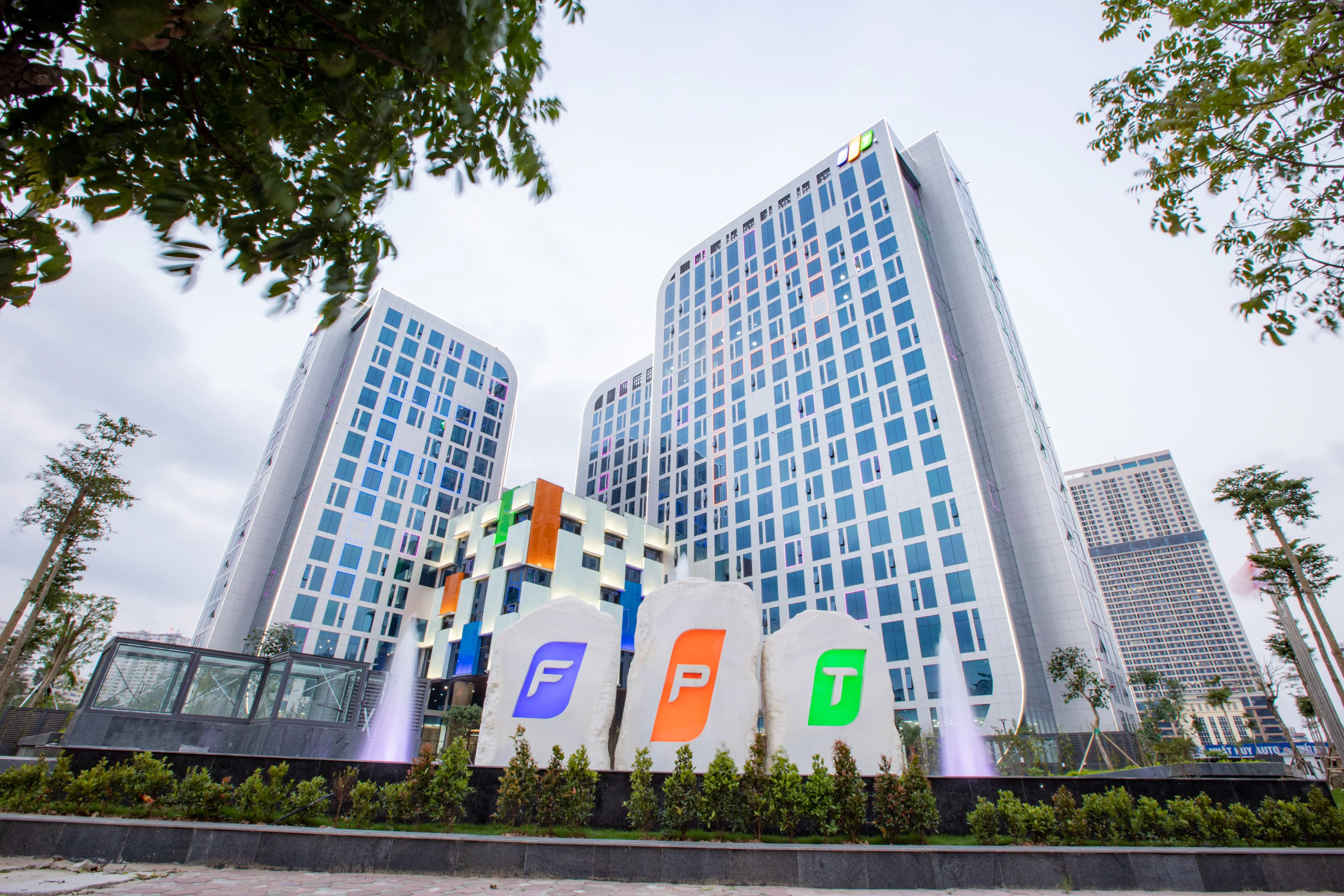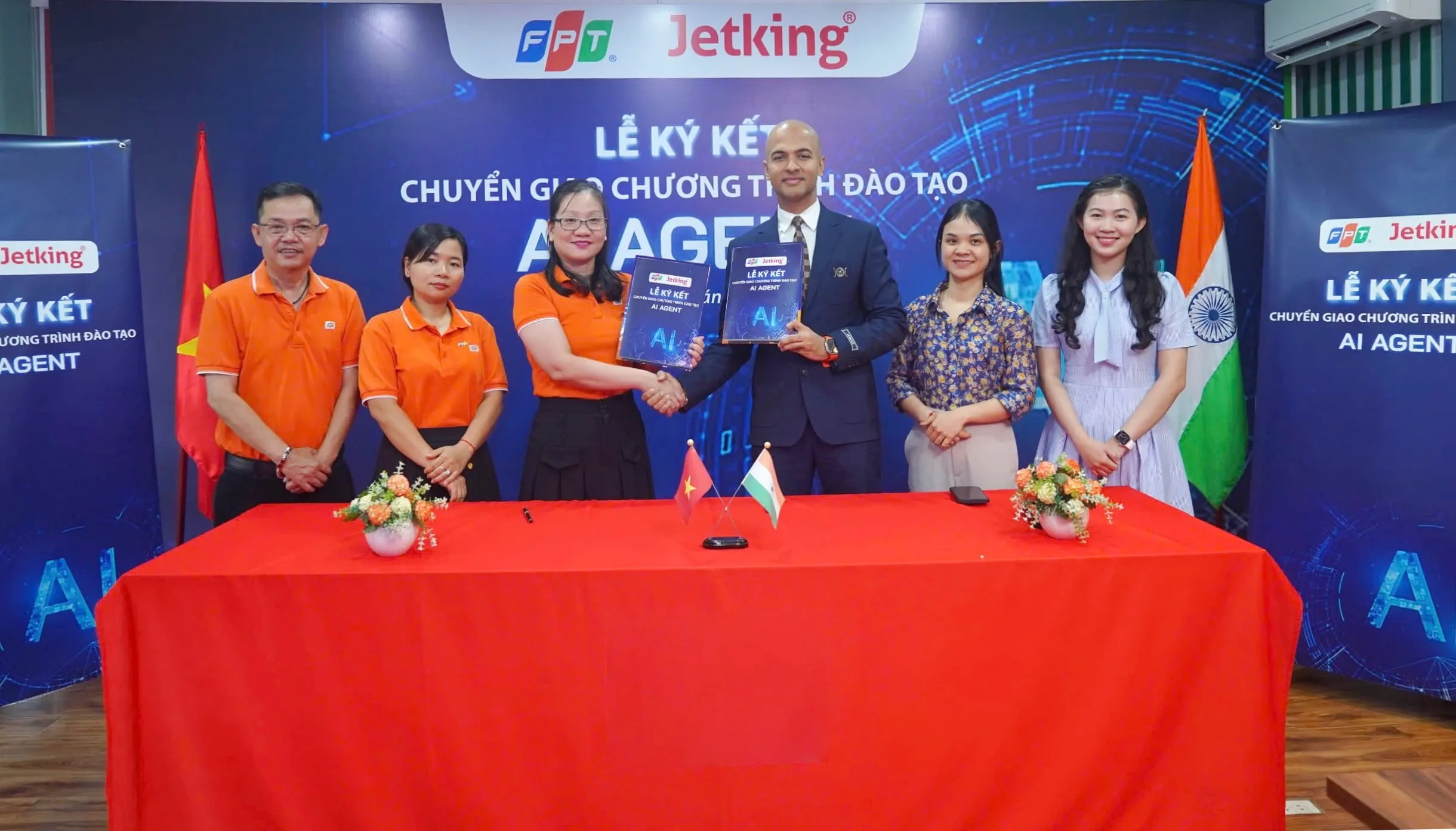Education Becomes the New Frontline in the AI Race
•
12/05/2025
What seemed like a purely educational event has sent shockwaves through the political and tech communities in the United States: over 250 CEOs from major corporations including Microsoft, Meta, Airbnb, Dropbox, Uber, and Zoom jointly signed an open letter addressed to governors across the country.
The letter did not call for investment or tax cuts. Instead, it carried a bold proposal: to make artificial intelligence (AI) and computer science mandatory subjects for K-12 students.
The letter was not merely a call for educational reform it was an urgent warning. It signaled that the U.S. may be on the brink of losing its technological supremacy, falling behind China in the race to shape the world’s future.
Just weeks earlier, China had announced that starting in the 2025–2026 academic year, all students from grade 1 would be required to study at least eight hours of AI each year and that is only the tip of a massive strategic iceberg.

Why has AI education become the centerpiece of a global power race?
First, AI is the core technology of the 21st century. More than just a tool, it has become the “intellectual infrastructure” for every industry: healthcare, manufacturing, transportation, finance, education, defense, and cybersecurity. According to PwC, by 2030, AI will contribute $15.7 trillion to the global economy with China accounting for $7 trillion, nearly double that of North America ($3.7 trillion). Behind these figures lies a shift in the global balance of power.
Second, AI is not only a technological advantage but also a geopolitical force. The nation that masters AI will dominate in information warfare, autonomous weapons, intelligence data analysis, and global information control. Integrating AI into military infrastructure, surveillance systems, and smart supply chains is the lever for shaping a new world order.
Third, building AI talent cannot happen overnight. It takes decades to cultivate a generation of engineers, algorithm designers, and policymakers who deeply understand AI. Beginning at the K-12 level even in primary school is an urgent and necessary step toward leadership.
China moves first: From national strategy to classroom reform
Since 2017, Beijing has implemented a national AI strategy with a clear goal: to become the world’s AI hub by 2030. This plan includes tens of billions of dollars in funding for research and enterprises but also a foundational reform of the education system.
First, China integrates AI education early and systematically. In elementary school, students learn logical programming; in middle school, they apply AI to projects; in high school, they focus on innovation and practice. Lessons are not limited to theory students participate in creative projects and real-world applications, from chatbots and facial recognition to smart agriculture management.
Second, China invests heavily in infrastructure and supporting technologies. AI labs, high-tech education centers, and digital learning platforms are being developed nationwide. AI assistants are used in classrooms to personalize learning and enhance student engagement.
Third, government–enterprise–academic collaboration is deeply embedded. Tech giants such as Baidu, Alibaba, and Tencent not only provide free software but also organize national innovation competitions. Peking University and Tsinghua University work alongside the Ministry of Education to design multi-level AI training programs.
According to the Brookings Institution, by 2035, around 70% of U.S. jobs will require knowledge of AI or advanced digital skills.
The U.S. lags behind: Policy gaps and infrastructure weaknesses
Despite being home to world-leading AI companies from Google and Microsoft to NVIDIA the U.S. education system has fallen behind: only 12 states require computer science courses for high school graduation. Just 6.4% of K-12 students take courses related to information technology or AI. Most rural or low-income schools lack adequate equipment, trained teachers, and relevant curricula.
The U.S. education model is fragmented by state and lacks a federal-level AI education strategy. Meanwhile, China operates under a “total mobilization” approach from central to local levels, from policy to funding, from curricula to teacher training.
AI education as a strategic investment, not just reform
First, AI is the “new language” of the modern workforce. By 2035, 70% of U.S. jobs will require AI literacy or advanced digital skills. Students with AI foundations will not only have better job prospects but will also become key contributors in the knowledge economy.
Second, AI education can reduce inequality. Data shows that computer science graduates earn 8% more on average with particularly strong positive effects for students of color, minorities, and those in rural areas. However, without early universal access, AI education could widen inequality, becoming a privilege for the wealthy.
Third, nations that act early will lead global innovation. Chinese students are already participating in international AI competitions, publishing research, and applying technology in community projects. This shows that China is cultivating an AI talent ecosystem from the ground up, not just relying on universities.
A wake-up call from 250 CEOs
The open letter of 2025 marks a pivotal turning point. When CEOs advocate not for corporate incentives but for technological equity in education, it signifies that the AI race is no longer an adult’s game it’s a battle for the future.
The letter highlights three key points: AI and computer science should be mandatory subjects for graduation, equivalent to math and literature. Federal investment is needed to upgrade digital infrastructure across schools nationwide. Businesses are ready to partner with education but the government must enable collaboration frameworks. It’s no coincidence that Jeff Weiner, former LinkedIn CEO, called this “a delayed education revolution,” while Microsoft CEO Satya Nadella described AI as “the new electricity of the digital age.”
Thus, the U.S.–China AI race has moved beyond research labs and corporate markets it has entered the classroom, where the next generation is shaped. China is steadily building an education system aligned with the AI era. The U.S., despite its technological dominance, faces policy inertia, infrastructure gaps, and slow reforms.
Vietnam takes its first steps

In Vietnam, the AI education ecosystem is still in its early stages, but pioneering initiatives are emerging. One such example is FPT, which began integrating AI into its K-12 curriculum in 2024.
Through the SMART program Experiencing the Intelligent World students in the FPT Schools system are introduced to AI through hands-on, interactive learning. Lessons include image and voice recognition (elementary), machine learning and data analysis (middle school), and AI model research in robotics and real-world problem solving (high school).
Notably, FPT is the first in Vietnam to implement the Day of AI Vietnam program adapted from MIT’s original curriculum and localized to fit Vietnamese culture and student levels.
In a world where AI permeates every field from education and healthcare to media and finance teaching children how to use technology is no longer enough. They must also be equipped with critical thinking, self-learning abilities, and ethical awareness.
At FPT Schools, teachers not only teach students “how to ask AI,” but also “when not to.” Assignments are designed to discourage copying from chatbots and instead foster reasoning, articulation, and problem-solving skills.
At the same time, teachers are trained to use AI as a supportive teaching tool enhancing classroom efficiency rather than being replaced by technology.
Within a short time, many Vietnamese students including those from FPT Schools have achieved remarkable results in international AI and robotics competitions. Yet, beyond the awards, what truly matters is the emerging habit of technological thinking, human–machine interaction, and awareness of AI’s limits.
It is time for every parent to ask: Is my child ready for the AI era?
Education can no longer trail behind technology. Today’s children will grow up in a world where AI is as fundamental as electricity and the Internet. Preparing them is not about winning a global race it’s about ensuring they are not left behind in their own homeland.
Instead of asking, “Should my child learn AI?”, perhaps the better question is: “If not now, then when?”
(Source: Vietnamnet)




